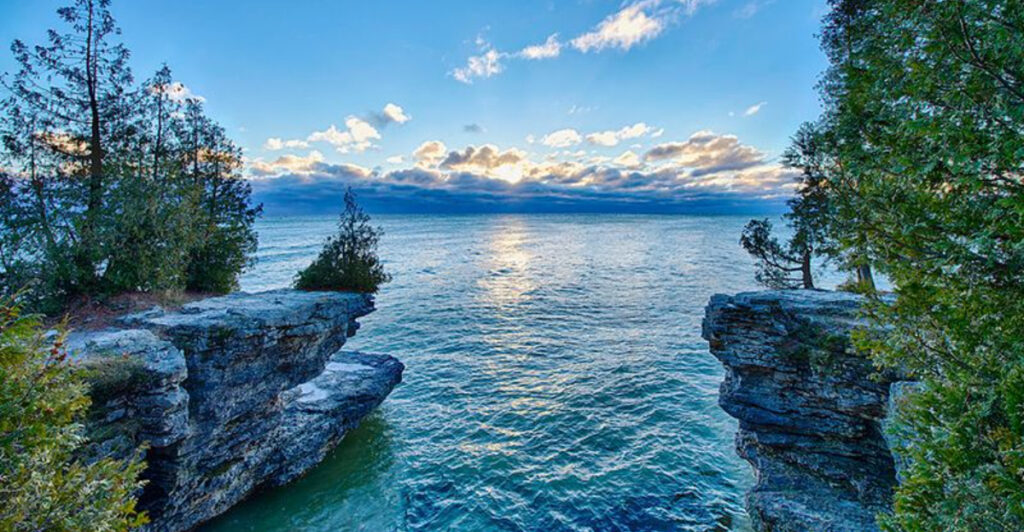If you thought a beach day along Lake Ontario was safe this week – think again.
On Monday morning, more than 200,000 swimmers and beachgoers were urgently told to stay out of the water as dangerous lake conditions hit parts of upstate New York.
Here’s what every Great Lakes visitor needs to know – especially if you’re heading out this summer.
1. Over 200,000 People Were Impacted by the Warning

The National Weather Service issued a Beach Hazards Statement, urging over 200,000 individuals in Wayne, Northern Cayuga, and Oswego counties to avoid Lake Ontario. Residents, tourists, and day-trippers were advised to stay out during peak beach hours.
This warning was due to dangerous conditions expected to develop, posing risks to anyone venturing into the water. Such warnings are crucial to ensure public safety, especially during the busy summer season.
Local authorities emphasized the seriousness of the situation, urging the community to heed the advice and prioritize their safety over recreation.
2. The Great Lakes Have Already Seen 42 Drownings in 2025
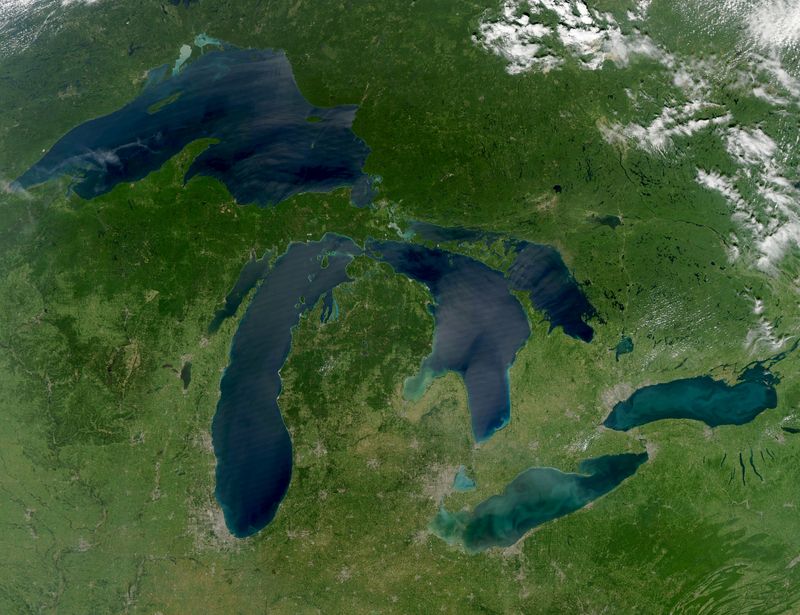
A staggering 42 drownings have occurred across the Great Lakes in 2025, with Lake Michigan being the most affected.
This alarming statistic highlights the unpredictable nature of these vast bodies of water. Officials stress that awareness and prevention are essential to avoid further tragedy.
Efforts to educate the public on water safety, including recognizing warning signs and understanding local conditions, are underway. Despite the beauty of the lakes, they demand respect and caution. Understanding these risks could help save lives and prevent future accidents.
3. The Water May Look Calm – But It’s Not
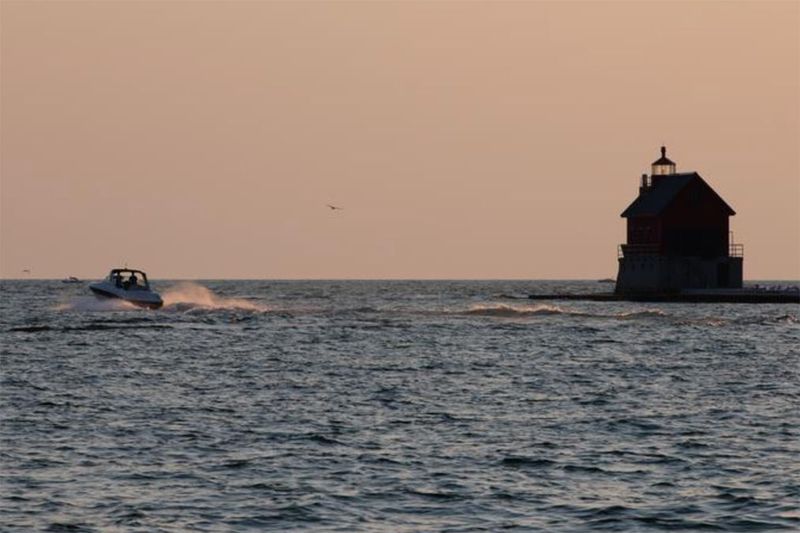
Beneath the seemingly tranquil surface of the Great Lakes, danger lurks. Conditions on Monday included 3 to 5-foot waves and perilous longshore and rip currents.
These currents can swiftly pull even seasoned swimmers away from the shore. Many underestimate the power of these waters, leading to potentially life-threatening situations.
It is vital to approach with caution, understanding that appearances can be deceiving. Safety must always come first, and recognizing the hidden threats is a crucial step in ensuring one’s wellbeing.
4. Winds Were Clocked at Over 20 MPH
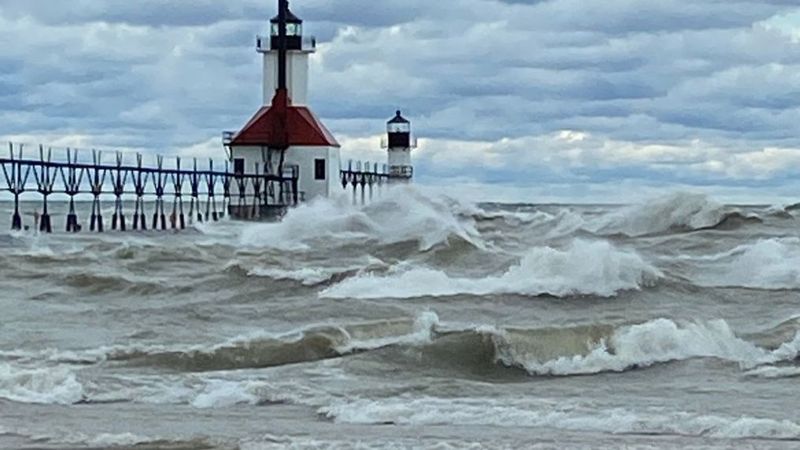
With winds clocked at over 20 miles per hour, the Great Lakes turned tumultuous. Sustained winds between 15 and 20 knots created energy capable of forming hazardous current patterns.
These patterns are often invisible from the shore, making them particularly treacherous. Even for experienced swimmers, these conditions can spell disaster.
The combination of strong winds and unpredictable water currents underscores the importance of adhering to safety warnings and staying informed about weather conditions. Always prioritize safety over thrills in such environments.
5. Rip Currents Aren’t the Only Problem
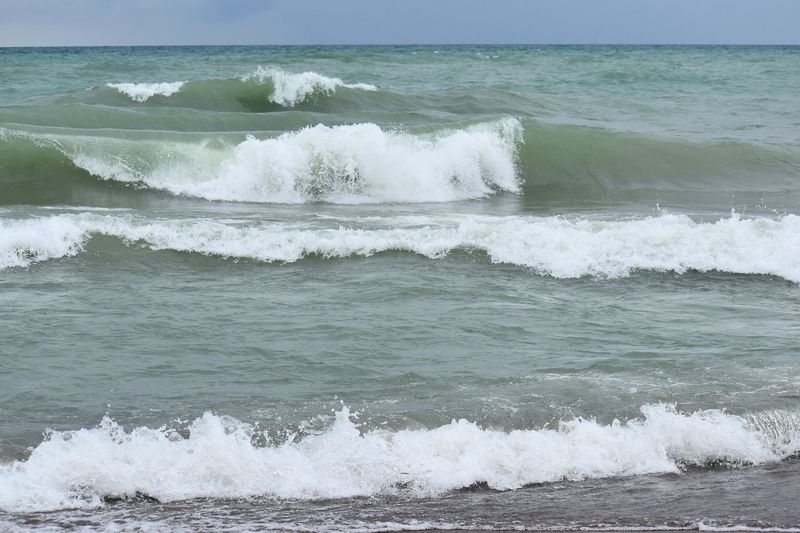
While rip currents grab headlines, longshore currents pose an equally formidable threat. Running parallel to the beach, these currents were the main concern recently.
NWS meteorologist Aaron Reynolds highlighted the danger these currents present, especially when they catch swimmers off guard.
Understanding the difference between various currents and knowing how to react can make a life-saving difference. Knowledge is power, and being informed about these natural phenomena can help individuals enjoy the lakes safely.
6. It’s Not Just Lake Ontario—Warnings Hit Other States Too
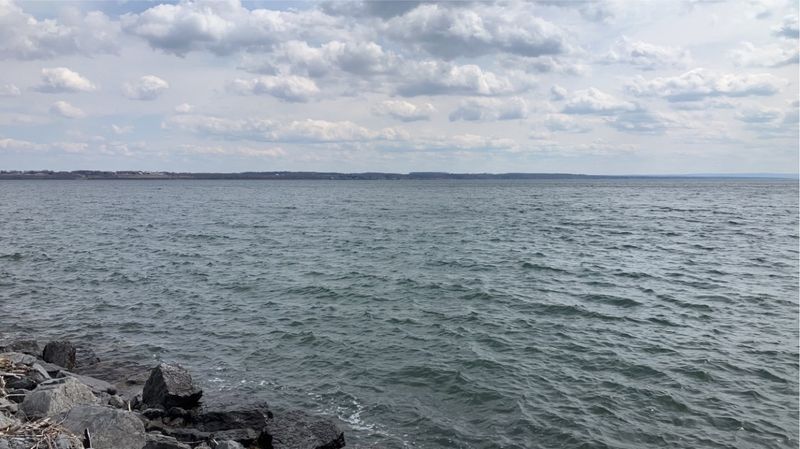
Warnings were not limited to Lake Ontario; similar advisories were issued in Michigan, Wisconsin, Indiana, and Illinois.
The entire Great Lakes region remains under scrutiny for water safety, especially during the peak summer months. These warnings are essential in preparing the public for potential dangers.
Such widespread advisories emphasize the importance of staying vigilant and informed. By adhering to warnings and understanding regional conditions, individuals can avoid unnecessary risks and enjoy their time by the lakes responsibly.
7. Officials Say These Warnings Are Life-Saving, Not Overblown
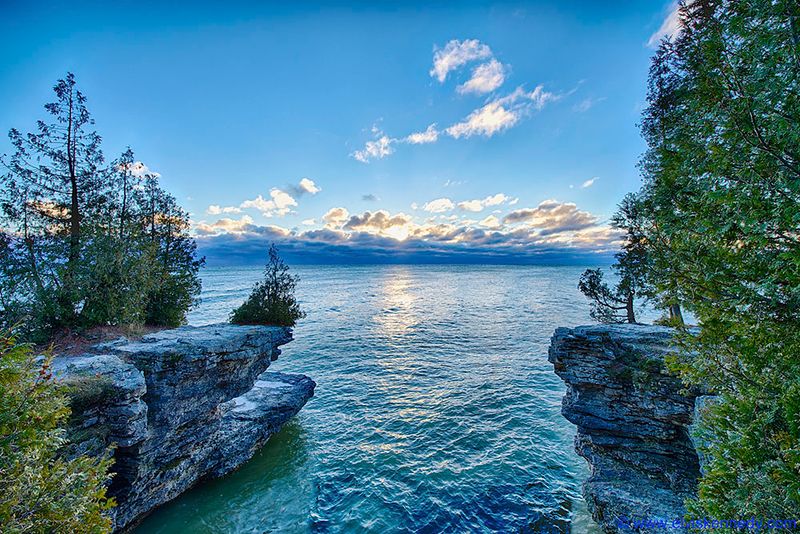
The National Weather Service stresses the gravity of beach hazard warnings, asserting that they are vital, lifesaving measures.
Such warnings are not mere suggestions but critical alerts designed to protect lives. Ignoring them can lead to catastrophic consequences, regardless of swimming proficiency.
Officials urge the public to take these advisories seriously, recognizing them as a crucial part of water safety. By respecting these warnings, individuals can mitigate risks and enjoy the lakes without compromising their safety.
8. The Risk Will Ease – But It’s Not Over
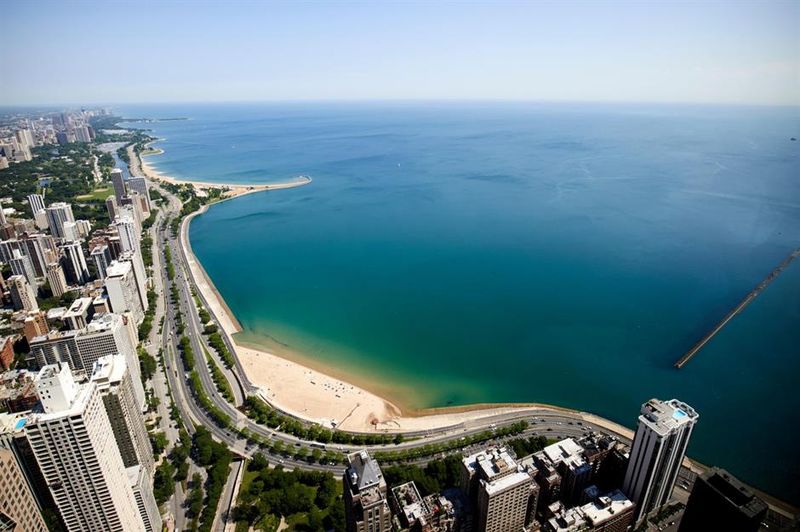
Weather forecasts indicate that winds and waves are expected to subside, thanks to an incoming high-pressure system.
Although this may offer temporary relief, officials warn that hot weather could drive more people to the water, reigniting risks.
Staying informed about weather changes and understanding the dynamics of the lakes can help individuals make safe decisions. While the immediate threat may decrease, ongoing vigilance and adherence to safety measures remain imperative.
9. Stay Safe: How to Enjoy the Great Lakes Without Risk

Ensuring safety while enjoying the Great Lakes involves preparation and awareness. Always check local forecasts and obey posted signs and lifeguard instructions.
Swimming alone should be avoided. Learning how to escape a rip current by swimming parallel can be lifesaving.
If uncertain about conditions, the best choice is to stay out of the water. By prioritizing these safety measures, individuals can enjoy the beauty of the lakes while minimizing risks.

